Elaeagnus angustifolia Learn more about Elaeagnus angustifolia
-
Development and Utilization of Elaeagnus angustifolia Food

Elaeagnus angustifolia (ElaeagnusangustifoliaL.), also known as Fraxinus mandshurica, Elaeagnus angustifolia, Elaeagnus angus Elaeagnus angustifolia is distributed in Shaanxi, Gansu, Inner Mongolia, Ningxia, * *, Qinghai and other places. It is also distributed in the Taklimakan Desert and along the banks of various rivers, as well as in Yili and Toksun in northern Xinjiang. Elaeagnus angustifolia is a saline-alkali land in desert.
2019-01-16 -
The efficacy and Culture methods of Elaeagnus angustifolia

The efficacy and Culture methods of Elaeagnus angustifolia
2019-03-03 -
Is Xinjiang Elaeagnus angustifolia and seabuckthorn the same kind? How much is the price per jin? Who is not fit to eat? What is the efficacy?

Elaeagnus angustifolia, Ela Are Elaeagnus angustifolia and Hippophae rhamnoides the same kind? How much is the price
2020-11-09 Xinjiang Elaeagnus angustifolia and Hippophae rhamnoides is the same kind Mo price more -
Is Elaeagnus angustifolia evergreen or deciduous?

Elaeagnus angustifolia, alias Qilixiang, Xiangliu, etc., petiole slender, silver-white, fruit oval, pink; flesh milky white, powdery. So is Elaeagnus angustifolia evergreen or deciduous? Is Elaeagnus angustifolia evergreen tree or deciduous tree Elaeagnus angustifolia is deciduous
2020-11-08 Big Elaeagnus angustifolia yes evergreen tree or deciduous leaves alias -
Is Elaeagnus angustifolia an evergreen tree or a deciduous tree?

Elaeagnus angustifolia is an evergreen shrub with a round crown. The leaves are oval, leathery and glossy, with a gilt edge on the dark green edge. The flowers of Elaeagnus mandshurica are born in the axils of leaves, with 1-3 flowers in each axil, flowering from September to November, and the fruit will mature in May next year, and the fruit will be red after ripening.
2020-11-08 Phnom Penh Hu Xie Zi yes evergreen trees or deciduous leaves -
The latest course on planting techniques and methods of Elaeagnus angustifolia

Elaeagnus angustifolia is a famous fruit tree in Northwest China. It has a wide range of uses. It can not only be eaten but also used to feed livestock. It is widely loved in Northwest China. Due to the perennial exposure to the position of the fruit trees, the fruit has a high sugar content and tastes very good.
2020-11-10 The latest sand jujube planting techniques methods tutorials sand jujube is -
Cultivation techniques of Elaeagnus angustifolia bonsai
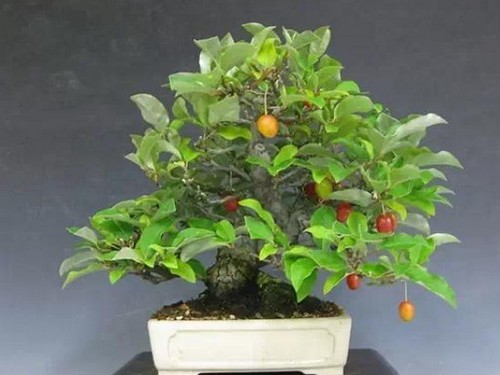
Elaeagnus angustifolia is a kind of bonsai tree with beautiful shape, beautiful leaves, rich flowers and bright fruit. Because its plant is small, it is often used to make medium, small or miniature bonsai. It is displayed on the desk, several shelves, etc., Qiu branch green leaves, plain flowers and red fruits, very beautiful. Spring and March is the most suitable for transplant.
2019-05-25 -
Production technology of Elaeagnus angustifolia bonsai
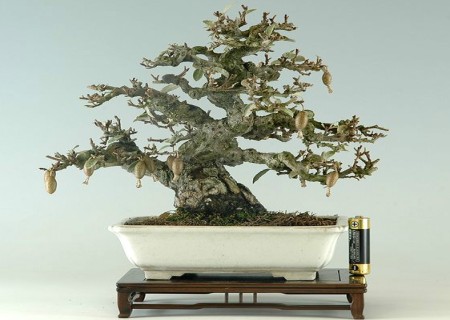
Elaeagnus mandshurica has a natural tree shape and a drooping red fruit. In addition to hedges made into natural forms on the grasslands, forest edges and the periphery of trees, we can also make them into bonsai for appreciation. However, potted Elaeagnus mandshurica is generally not easy to bear fruit, which is related to the breeding time of the selected species.
2019-05-26 -
Efficacy and function of Elaeagnus angustifolia Cotyledon Clinical Application of Elaeagnus cotyledon

Efficacy and function of Elaeagnus angustifolia Cotyledon Clinical Application of Elaeagnus cotyledon
2019-02-25 -
Planting techniques of sand jujube

Planting techniques of sand jujube
2018-09-18 -
Silver willow (Elaeagnus angustifolia)

Silver willow (Elaeagnus angustifolia): genus Elaeagnus of the family Elaeagnaceae of North America and Europe. Naturally distributed in the Caucasus and Central Asia, as well as southeastern and southern parts of European Russia, Crimea, Caucasus and Central Asia. Deciduous subtrees or large shrubs, buds, young branches, leaves, flowers, fruits are covered with silver-white scales, flowers yellowish white, fragrant, fruit stone, oval or globose. Like light, resistant to drought, salt and alkali and sand burial. It grows rapidly, the root system is shallow, the root has nodule and the vitality is strong. It is a good ornamental plant in garden.
2019-01-15 -
Maintenance and management method of Elaeagnus angustifolia bonsai
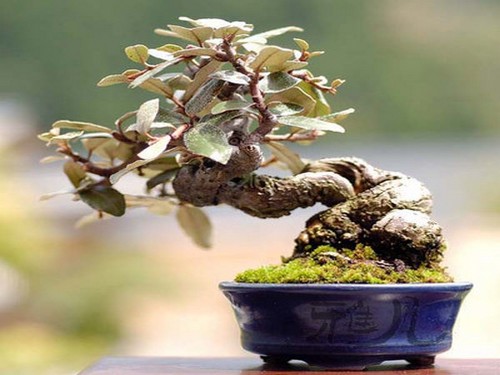
Potted Elaeagnus mandshurica only blossoms but does not hang fruit, which is related to pot time and variety, and is closely related to nutrients and management methods. Elaeagnus mandshurica is easy to bear fruit in the mountains because of its long growth time, well-developed roots and the ability to absorb nutrients from a large amount of soil. However, the soil planted in the basin is limited and must be grown for several years.
2019-06-02 -
What does the tree of Elaeagnus angustifolia look like? How much is the seedling price? How is the planting benefit? What's the way?
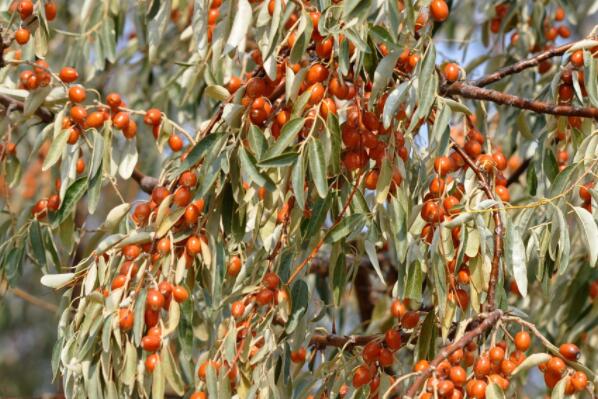
Elaeagnus angustifolia tree aliases are silver willow, fragrant willow, cinnamon willow, Qili incense. Strong vitality, with drought resistance, wind and sand, salt and alkali resistance, barren and other characteristics. So what does it look like? How much is the seedling price? How is the planting benefit? What are the methods? Learned from Ningxia Seedling Base
2019-03-20 -
Elaeagnus angustifolia

Scientific name TriozamagnisetosaLog. Homoptera, Dendrolimidae. Host Elaeagnus angustifolia, jujube. The damage is characterized by nymphs piercing and sucking the sap of young buds, twigs and leaves, the young buds often die, the injured leaves often curl to the back, the serious branches die, weaken the tree potential, and drop a large number of flowers and fruits. Morphologically, the adult is 2.5-3.4 mm long, dark green to yellowish brown. The compound eyes are large, protruding and reddish brown. The antennae are filamentous with 10 segments and the ends are black with 2 segments.
2019-01-16 -
The latest course on planting techniques and methods of goat milk fruit

Elaeagnus angustifolia is known as Elaeagnus angustifolia, also known as bird crisp, sweet stick, cow's milk root, sheep's milk and so on. Elaeagnus angustifolia belongs to the evergreen erect shrub of Elaeagnaceae. The fruit is sweet and edible when ripe, and the roots, leaves and fruits are all used for medicinal purposes. It also has a certain ornamental value, and can be planted or cut.
2020-11-10 The latest goat milk fruit planting techniques methods tutorials -
The method of making Elaeagnus angustifolia bonsai
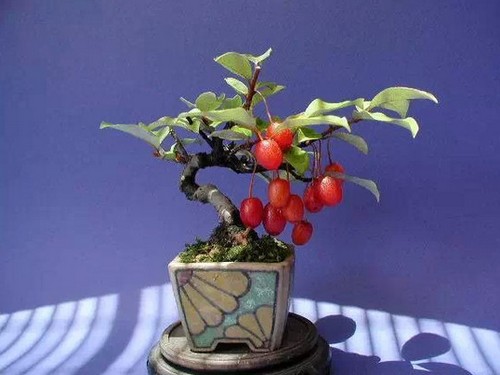
Elaeagnus angustifolia, alias semi-Chunzi, sweet mallet, sparrow crisp, goat milk, scientific name E.pungens, native to China, temperate and subtropical regions of the Northern Hemisphere, belongs to Elaeagnaceae evergreen shrubs. The fruit tastes sweet and edible when ripe. Roots, leaves and fruits are all used for medicinal purposes. Natural plant shape, flower fragrance and fruit red
2019-05-26 -
The difference between Elaeagnus angustifolia and Thistle

Feilian and thistle are very similar, and many people may not be able to tell the difference between them. Let's take a simple look at the difference between Feilian and thistle. First, the difference between thistle and thistle are Compositae plants, different genera. Thistle is
2020-11-08 Fly low grass and big thistle of difference fly low very -
Planting technique of Sheep Milk Fruit

Planting technique of Sheep Milk Fruit
2018-07-02 -
Matters needing attention in the culture of Eleurotus angustifolia
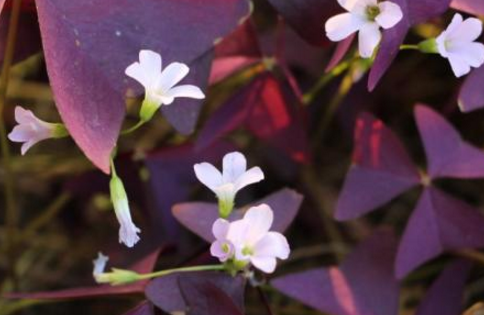
1. When the pruned plant is too prosperous, the dense leaves need to be removed to improve the ventilation and light transmission conditions, and the withered leaves should be removed in time to keep the plant shape beautiful. two。 Elaeagnus angustifolia grows rapidly, so it should be turned once every spring to replace the new fertile and suitable soil in time.
2018-11-25 -
When I was a child, it was regarded as a snack, but it was a valuable medicine to remove rheumatism and was effective in treating liver disease.
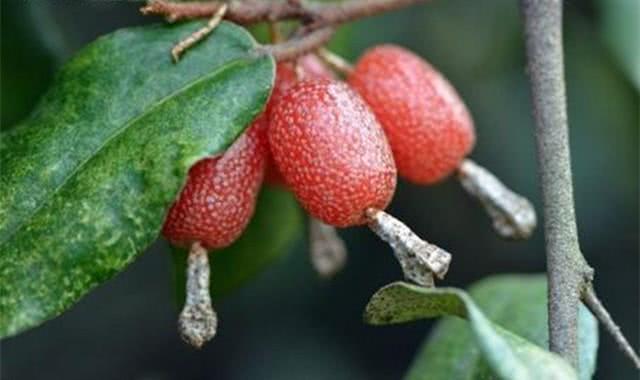
When we were young, there were a lot of wild fruits in the rural mountains. Because there were almost no recreational activities at that time, many children liked to climb trees to pick this kind of wild fruit to eat when they were on holiday. These things are our precious childhood.
2018-09-11
